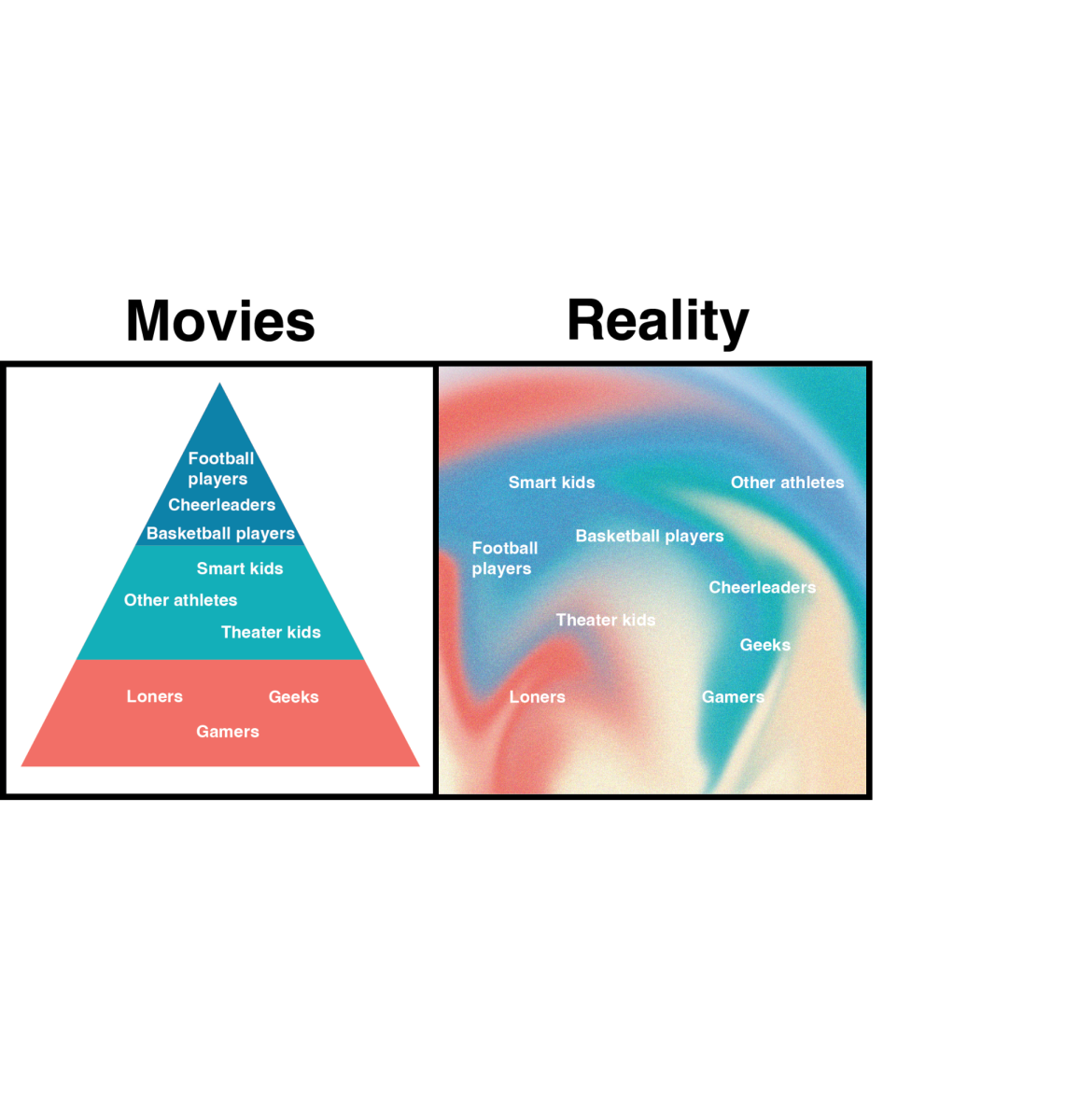On Nov. 4, 2020, former President Donald Trump announced the United States’ formal withdrawal from the Paris Climate Accord. However, while many Americans rejoiced for thousands of jobs now available to them, inhabitants who live on the islands of the Caribbean and the Pacific Oceans only found fear for their homes and lives.
Carbon emissions have forced the lands of the Caribbean and Pacific Oceans to rapidly deteriorate, leaving many residents on the lands homeless. These people are regarded as climate refugees, inhabitants living in lands destroyed by natural disasters or decaying due to climate change. Over the past decade, the number of climate refugees has only been increasing exponentially. A study by the Internal Displacement Monitoring Centre found that since 2008, an average of 24 million people have been displaced by catastrophic weather disasters each year.
Despite the name, climate refugees aren’t regarded as real refugees and therefore, aren’t protected by international law. Many of them don’t have homes as they come from places destroyed by natural disasters. But while the attention towards climate changes garner media attention, the focus on climate refugees is lifted and thus has been rendered invisible over the past decade.
“The refugees have [two options]: one, they have to stay in the area that’s been adversely affected, or two, they would face being labeled as undocumented,” social sciences teacher Robin Grenz said.
In the Pacific Islands, climate change has created a great deal of burden for inhabitants on the lands. Inhabitants face rising sea levels, water scarcity, and desertification due to carbon emissions. For example, according to a report by the Center for Strategic and International Study, up to 70% of the five million people living in slums in Bangladesh were displaced from their original home by environmental disasters.
However, carbon dioxide emissions also increase the severity of natural disasters. Many climate refugees originate from large scale natural disasters like Hurricanes Dorian and Irma. While citizens in Puerto Rico have U.S. citizenships, other places in the world aren’t so lucky. For example, after Hurricane Dorian, the U.S. closed its borders to displaced climate refugees from the Bahamas in a fear of allowing undocumented immigrants living in the Bahamas to come into the U.S. However, these actions only beg the question, where do these people go?
Tony Roman’s parents were residents in Puerto Rico and witnessed first hand the destruction of Hurricane Maria. Roman said that different parts of his neighborhood in Puerto Rico were torn down and while many migrated to the U.S. just before Maria hit, the ones that stayed weren’t so lucky.
“Those that are less fortunate and don’t have that luxury remain in whatever remains of their home,” Roman said.
In Roman’s neighborhood, there were long lines for gas, food, and water. A shopping plaza with major stores like Whole Foods and J.C. Penney was completely wiped out and still hasn’t been rebuilt.
“There are also people that didn’t have a house and hide out in whatever they could, others were living outside,” Roman said.
However, the solution for climate refugees isn’t so simple. While granting refugee status to climate migrants may seem to be a fix to the problem, in fact, only more challenges come with it.
“There are political reasons not to recognize them,” Grenz said, “If you do, you could conceivably have a million people knocking on your door, that automatically come in, so now you’ve got food, shelter, clothing; what do you do with them, where do they work?”
While multiple non-profit organizations like the United Nations High Commissioner for Refugees push towards helping climate refugees, their efforts have made little progress. Grenz believes that the only solution to this problem is to address it on a global scale.
“Where are the people living in Bangladesh going to go, they’re going to go to China and India, where are the people facing issues in the Carribeans going to go, well they’re going to come to us,” Grenz said.
In the face of uncertainty for these people, one thing is clear; the number of natural disasters will only increase and thus, so will the number of climate refugees. And so, solving this problem isn’t just a task for an individual, an organization, or a country, but the responsibility of the whole world.













